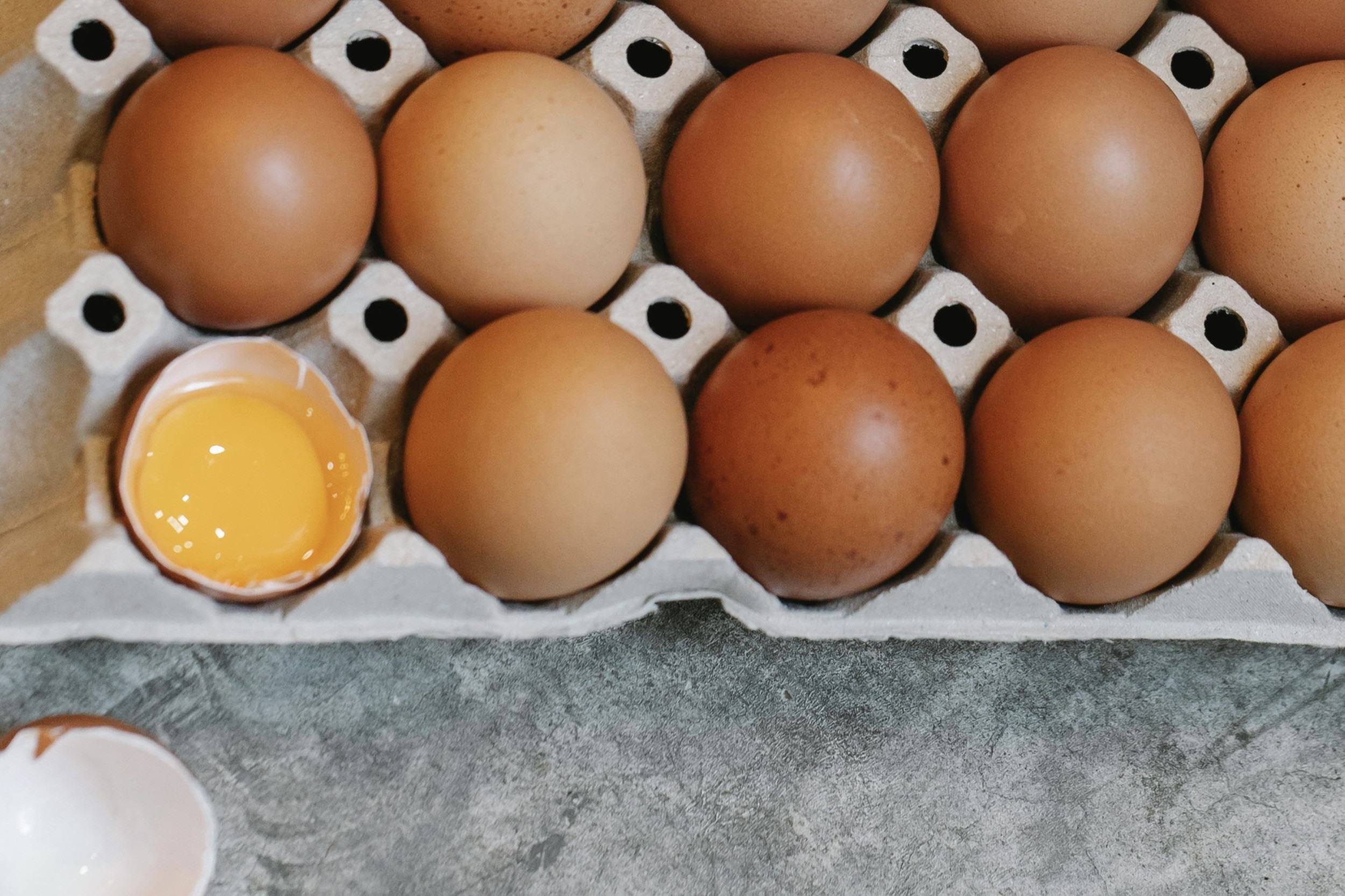Fresh Spring Grass and the Flavor of Raw Milk
posted on
March 18, 2025
Have you ever opened a bottle of raw milk and noticed a slightly different flavor? I have. It’s not spoiled, but you know that it tastes a little different than usual. If you have a sensitive palate like me, you notice this a lot sooner than some people do.
You check the sell-by date, still another 10 days off. That’s not it. You taste it again. Not spoiled, but what is it?
The most likely cause, especially if you notice this in the Spring, is a sudden change in a cow’s diet can directly affect the flavor of the milk. After a winter of eating hay, the cows start to graze fresh grass again in the Spring. This wonderful fresh grass, that we all have been waiting for, may be giving the milk a stronger flavor!
Like so many other things that we do in producing raw milk, we are also very intentional in transitioning the cows to fresh grass in the Spring to lessen any flavor change. Here are a few things that we do:
Limited Grazing - only a couple of hours a day for the first few weeks to prevent having a sudden change in the cows diet.
Patience - waiting till the grass is taller before we let the cows on it.
Beware of Dandelions - cows absolutely love dandelions and will eat them first. If a pasture has a lot of dandelions, we will limit their grazing there to prevent the milk from tasting "grassy".
Milk that tastes “grassy” is perfectly safe to consume, but our goal is to provide you with a sweet flavored raw milk that you can feel good giving to your family.
If you come across some of our raw milk that tastes unusual or if you ever have any questions or concerns, please contact us. And remember, we will never sell you anything that we wouldn’t consume ourselves.
Enjoy a cold glass of raw milk or raw chocolate milk!



